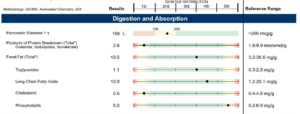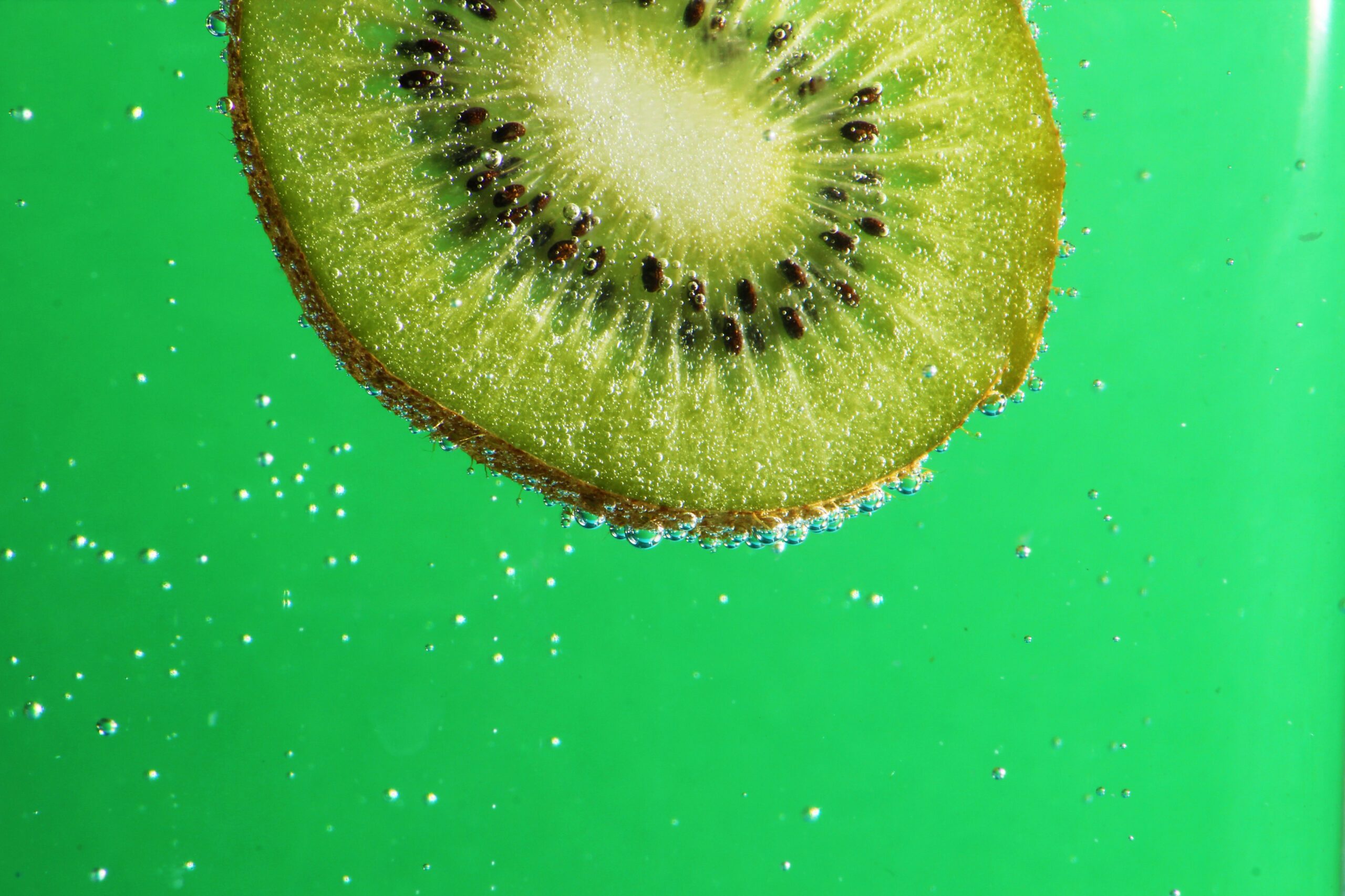Should I Do a Hormone Cleanse? (Part 2)
When we’re experiencing symptoms of hormone imbalance (including hair loss), often it’s our detoxification pathways that aren’t working optimally.

In Part 1 of this blog series, we talked about how doing a ‘hormone cleanse’ or a ‘detox’ can seem like an easy fix for the symptoms of hormone imbalance that we just can’t live with anymore; you know, the PMS, mood swings, low libido, weight loss resistance, acne, hair loss that you’re more than fed up with.
But, like I explained last time, most of the commercial hormone cleanses involve starving yourself and can actually end up sabotaging your body’s natural ability to detoxify.
Detoxification is not a passive process. It involves different organs, it costs our body energy, and needs lots of different nutrients to make it happen. Since I already gave you the low-down on the nutrients our liver needs to do its job, this time we’ll focus on the other key detox organ: the gut.
Our Gut Is Key To Detoxification
The saying “health starts in the gut” is way more than just a trendy quote; there’s so much truth to it. Not only is the gut where we digest foods and absorb the nutrients that we need to support every function in our body, but it also plays a pivotal role in regulating our moods (90% of serotonin is produced there) and our immune function.
The gut and the liver work closely together. Obviously, the nutrients that the liver needs to do its job come from the gut’s ability to digest and absorb the nutrients from our foods. But, after the liver has processed toxins and spent hormones, how do those get removed from our body?
If you guessed through the gut, you’re right!
Phase 1 and 2 detox happen in the liver, but ‘Phase 3’ of our body’s detoxification happens when toxins are released into the gut and carried out when we have a bowel movement.
Read: Constipation is the Enemy of Detoxification
There are two important things I want you to know about your gut: First, if you aren’t having one to three bowel movements every single day, your detoxification has been compromised and it’s likely impacting your hormone balance. Second, it’s possible to feel like you have a normal gut, to have a bowel movement every day and still have significant gut issues.
How Do I Know If My Gut Is Helping Me To Detoxify Optimally?
Optimal is the key word here. Less than one bowel movement a day is definitely less than adequate. One to three bowel movements per day might put you at adequate, but still potentially below optimal. And believe me, when it comes to hormone balance and our hair health, we want optimal gut function.
And no, a ‘once in a blue-moon’ hormone cleanse won’t get you to optimal, either.
The best way to assess the health of your digestive system and gut health is through a functional stool test. Not only do these tests show you really important things about how well you’re digesting your food – for example, by assessing if you have low stomach acid (undigested protein in your stool), low digestive enzymes or insufficient bile (high amounts of fat in your stool) – but they’re also going to tell you a lot about inflammation and your gut microbiome.
Here is a sample page from a one of the stool tests I use for clients:

What Can a Stool Test Tell Me About My Hormones?
If you have symptoms of hormone imbalance, there is one marker on a stool test that you’ll want to pay special attention to: beta-glucuronidase.
There are many different processes involved in detoxification – remember, it’s not a passive process. Your body is actually expending a lot of energy and using a lot of nutrients to make sure toxins and hormones get removed when they should. Sulfuration, acetylation, methylation, and glucuronidation are all essential detoxification processes that are dependent on nutrition (which is why I say you need to ‘feed your detox’, versus starving yourself on a hormone cleanse).
Glucuronidation is an especially important process to detoxify estrogen, and if it’s not working well (or if it gets reversed as I’ll show you in a moment) it can push us into hormonal imbalance and estrogen excess.
Functional stool tests (like the above example from Genova labs) can assess the amount of an enzyme called beta-glucuronidase found in your gut. This enzyme is produced certain dysbiotic bacterial strains found in the gut and can reverse the detoxification of compounds that have already gone through the glucuronidation pathway – including estrogen, many pharmaceuticals, carcinogens, and bile acids. (1)

Image source (1)
Your Symptoms May Only Be Telling You Half The Story
Even women with seemingly “normal” gut function who are having one to three bowel movements a day may still have gut dysbiosis issues that are sabotaging their body’s ability to detoxify. Overtime, this can lead to detox-specific nutrient depletions, an accumulation of toxins in the body, increased inflammation, hormonal imbalances, and so on.
How do you know if this is an issue your gut is currently experiencing? The only way to know is to test since symptoms may only be telling part of the story.
If you’re ready to learn more about stool testing, or have already had testing done and want a gut health expert to review it with you, schedule your Introduction Consult with me today.
Sources:
(1) Lord RS, Bralley JA. (2012). Laboratory Evaluations For Integrative and Functional Medicine, Revised 2nd Ed. Metametrix Institute.



